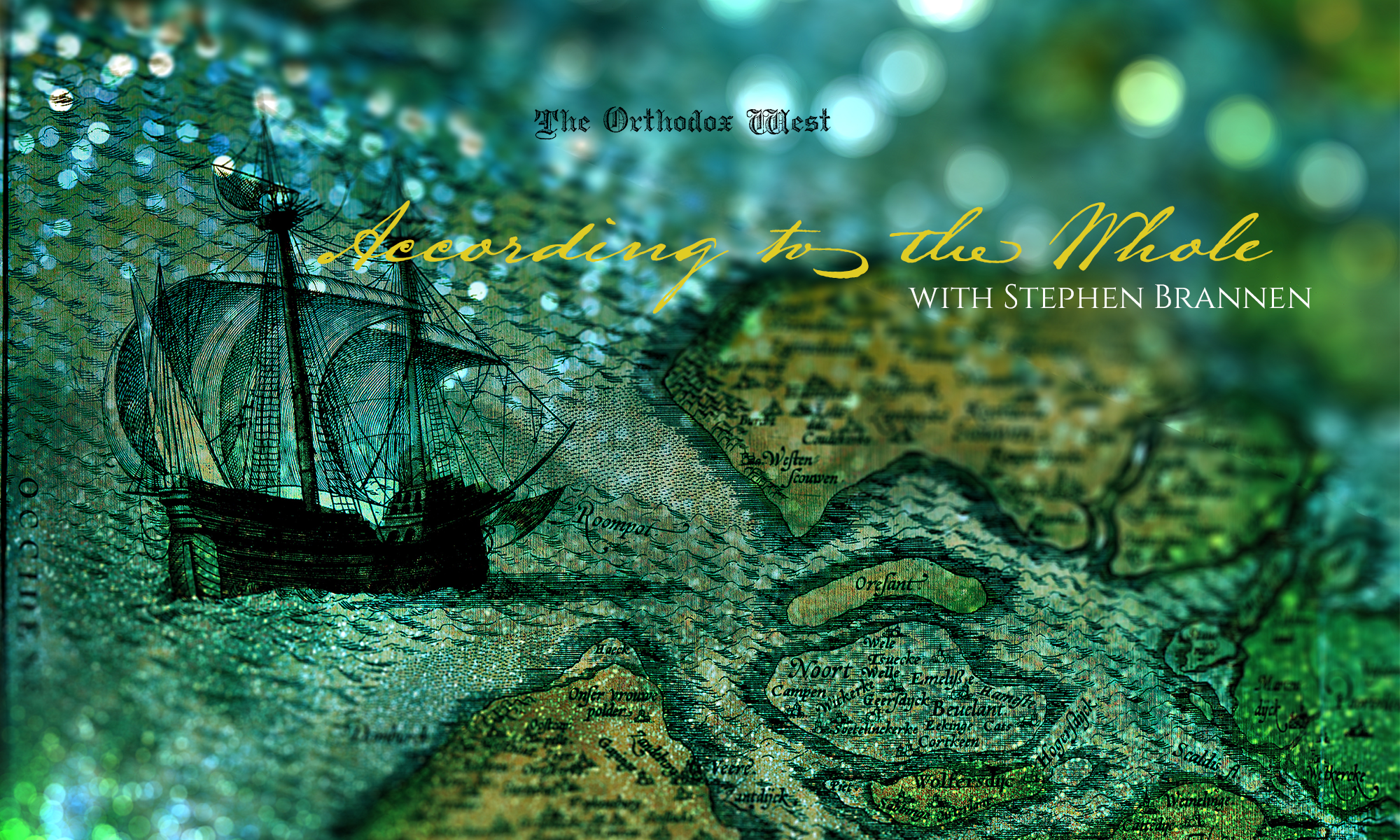When we’re first born into this world, the whole content of the world for us is simply our parents’ love: their voices in our ears, our rocking back and forth in their arms, locking eyes with them and reciprocating smiles. Soon the world broadens into proprioception, new sensations, and the discovery of objects around us. Before long we have a sense of ourselves as distinct selves in the world, and that world continues growing larger, populated with other selves, with animals and places and even ideas and concepts. In school, the world starts being divided up into “subjects,” and we learn to categorize what’s around us. Stories and experiences trigger our imaginations to fill in details, invent new scenarios, and conjecture about what reality might be like. Curiosity and imagination drive us to continue learning about the world as we grow up.
But at some point, for probably most of us, the imagination dulls a bit and the curiosity cools as we settle into familiar grooves of thought about the world. We face the temptation to assume that this means we’ve learned pretty much all we need to know about how life works, how the world works, and even what our faith is about. Fortunately, we’re never safe from the odd new experience, insight or revelation that will once again spark our curiosity and imagination, and potentially lead us down a path of discovery that radically alters our perception of life, the world, or faith.
This is what happened to me the year I graduated from college. I was finishing my last semester at a Southern Baptist institution—the denomination I had spent my whole life in—when an encounter with another Christian tradition set me on just such a path. It was in an Anglican church that I first had my eyes opened to a broader and richer Christian inheritance than I had known before. And as I would travel farther and farther into the Catholic end of the Anglican spectrum, my search for ever more richness, ever more fullness, would lead me to encounter the richness of the Eastern Orthodox Tradition.
The Church to which that Tradition belonged was not afraid of extravagant fullness, I perceived. Crucially, though, it was also not afraid to draw inflexible boundaries to guard its inheritance, something the global Anglican Communion was not willing to do. And so I decided to become Orthodox, recognizing that I was joining a Church that jealously guarded the purity of its Faith handed down from the Apostles, but that that very Faith was deeper and wider than any I had ever known.
That Faith, it may surprise some Orthodox Christians to learn, is not synonymous with the Eastern Orthodox service books and iconography and architecture. Those things certainly contain the Faith and conform to the Faith, but they don’t exhaust it. It’s truer to say that the Faith contains them. And it has more room besides. From the beginning, the Faith made room for all sorts of sundry peoples with their different cultures. As the first Christian liturgy expanded out from Jerusalem, it was developed and adorned by those various peoples according to their unique musical and artistic expressions, poetic traditions, and senses of beauty, dignity, and piety.
In referring to this total Church reality, St. Ignatius of Antioch in his letter to the Smyrnaeans first used the term “Catholic”. By this word he was indicating to his audience not just the church there in Smyrna, but all of the churches—the whole Church—throughout the world. This one Church, with one Faith, and one head, Jesus Christ, was the “Catholic,” or universal Church. But though Catholic does mean universal, it has a yet subtler overtone: it’s actually a Greek contraction of two words: kata (meaning “according to”) and holos (meaning “the whole”). So the Church “according to the whole” is not merely a universal monolith of sameness; it’s rather a Church whose total character is made up of and enriched by the variously different and complimentary characters of her constituent members.
This is precisely the principal of fullness that I was drawn to at the beginning of my path and that led me to the Orthodox Church. And because she calls herself Catholic in her Creed, she is acknowledging the room she has for that multiplicity of expressions. The tragedy of schism had wrenched from the Christians of the West the unmatched adherence to Holy Orthodox Faith that the Church in the East had maintained. But it also wrenched from those Christians in the East the fruitful intercourse with an ancient Western expression of worship that formed many of their own Saints: Hilary of Poitiers, Ambrose of Milan, Leo of Rome, Augustine of Canterbury, Benedict of Nursia, and Gregory the Dialogist. The Western Rite is now restoring that.
That intercourse between the different cultural traditions of worship and devotion within the One, Holy, Catholic, and Apostolic Church is what I’d like to focus on here at this blog. And that intercourse will not just highlight the differences in those traditions, but very often their similarities and parallel features. It’s with a recognition that the world is always bigger than I think, that life is always more surprising, and that the Orthodox Faith is full enough even to encompass the whole cosmos that I will endeavor to write, and hopefully to continue to learn.
